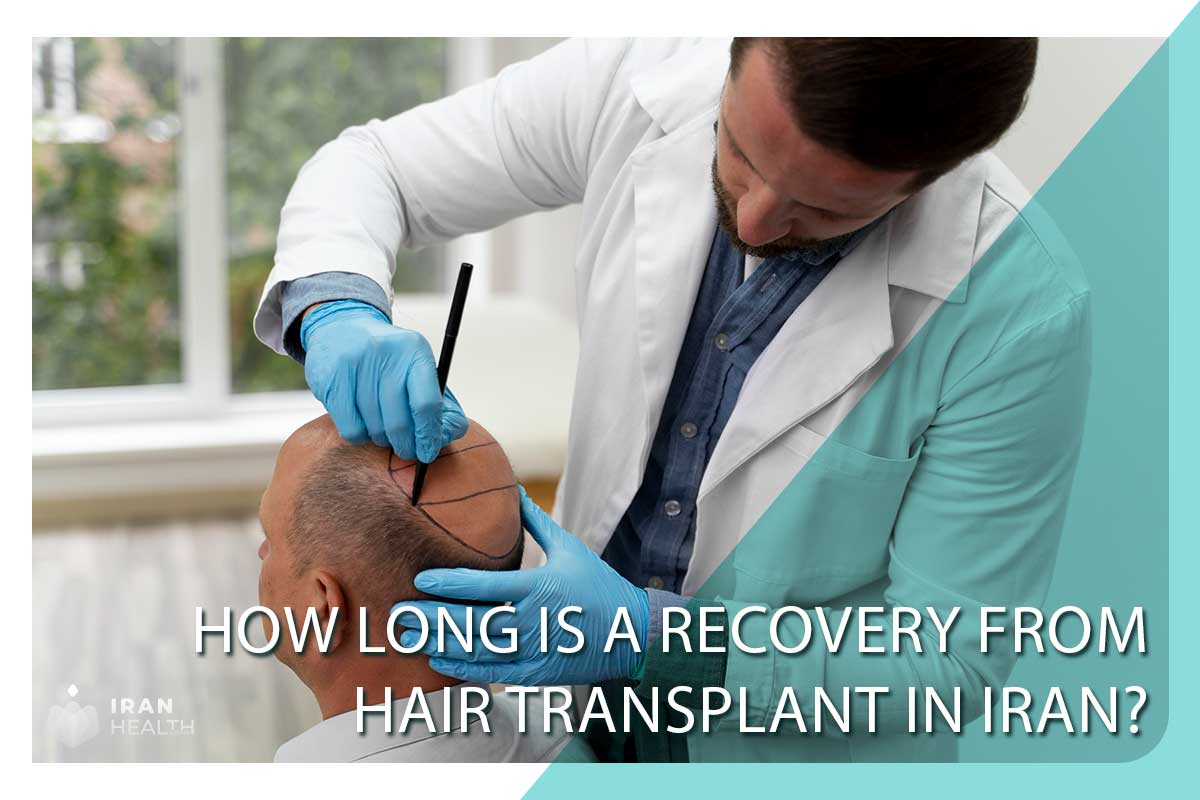Hair transplant in Iran is one of the most effective therapies available for patients who are grappling with hair loss. When we look at the samples before and after hair transplant, we see that people’s hair grows in a healthy way, which makes them feel better in the right way. Although not a permanent solution to thinning hair, it along with eyebrow transplant and beard transplant in iran can help restore hair fullness and confidence in many people.
Hair transplant in Iran and beard transplant is a method of transplanting healthy hair follicles to areas where the hair follicle is no longer active and baldness is caused using microsurgical technologies. In other words, hair transplant surgery may be a good choice for people who suffer from thinning or hair loss. In hair transplant, the patient’s healthy hair is added to the bald area.
Hair transplants are designed and performed completely individually. Hair follicles resistant to shedding are collected in the patient’s back. These are then grafted into channels created in thin or completely shedding areas during hair transplantation. The purpose of this method is to give the most natural and healthy appearance possible to the hair.
The most common type of hair loss that we face today is male pattern hair loss.
Hairline receding in the forehead and opening of the apex are the most common symptoms. In addition, the spillage of the male pattern is visible not only in men but also in women.
Today, about half of men over the age of 50 struggle with hair loss.
Tips to consider before hair transplantation
Hair transplants usually have successful results than over-the-counter hair restoration products. But there are factors to consider:
- About 10 to 80% of transplanted hair will grow fully within three to four months.
- Like normal hair, transplanted hair becomes thinner over time.
- People with dormant hair follicles (sacs that usually contain hair under the skin but no longer grow hair) may have less effective transplants, a study showing that plasma therapy can help complete growth of 75% or more of transplanted hair.
- “Hair transplants” do not work for everyone. If you are naturally bald or thin or have lost hair due to damage, it is mainly used for hair restoration.
Related post that you can read: Which one is better for me!? PRP or a Hair Transplant?
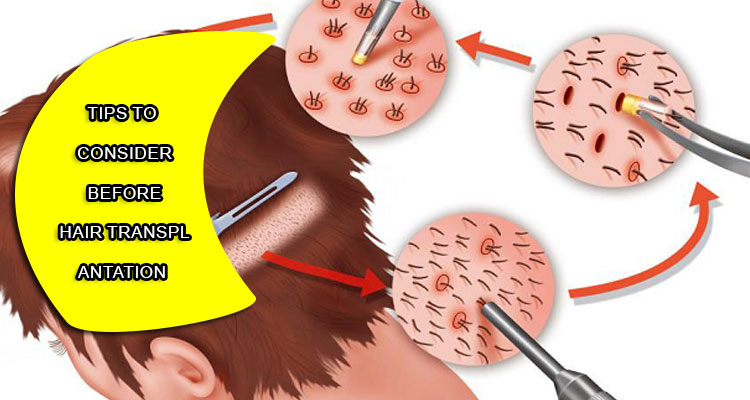
Most transplants are done with your existing hair, so they are not effective in treating people who have the following:
- Extensive thinning and baldness
- Hair loss because of chemotherapy or other medications
- Thick scalp wounds caused by injuries
Do hair transplant in Iran
Simply put, a hair transplant in Iran takes your hair and moves it to an area where you do not have hair. It is usually taken from behind your head, but can also be taken from other parts of your body. Before starting the transplant, the surgeon sterilizes the area where the hair is removed and anesthetizes it with local anesthesia. You can also ask for sedation to stay asleep for this operation.
Your surgeon will then perform one of two transplant procedures: FUT or FUE.
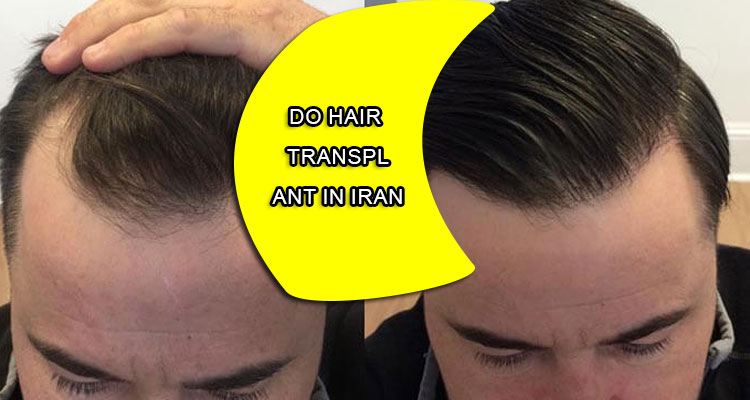
1.Follicular Unit Transplant (FUT)
FUT is sometimes referred to as Follicular Unit Strip Surgery (FUSS). To perform the FUT operation, your surgeon performs the following steps:The surgeon uses a scalpel to remove a piece of your scalp, usually from behind your head. The strip is usually about 6 to 10 inches long but can be stretched from ear to ear.
The area where the scalp is removed is sutured.
Your surgeon and his assistants cut the scalp into smaller pieces with a scalpel. They may cut the piece into 2,000 smaller pieces called grafts. Some of these grafts may have only one hair each.
Using a needle or razor, the surgeon makes small holes in your scalp where hair is transplanted.
The surgeon inserts the removed hair into the holes. This step is called a grafting.
The surgical site is then covered with a bandage or gauze.
The number of grafts you receive depends on the following:
- Your Hair Type
- The size of the transplant site
- Quality (including thickness) of hair
- Hair color
Follicular Unit Extraction (FUE)
After shaving the back of the head, each hair is extracted one by one (graft)
Hair grafts are placed in small wounds on the scalp.
You will have many small wounds, but they will not be noticeable.
Hair transplants and usually take a day, but if a large area is being treated, two or more treatments may be needed which require several months apart.
Your surgeon will advise you on how to take care of your transplant. To help recovery and hair restoration, you should be given a spray to use.
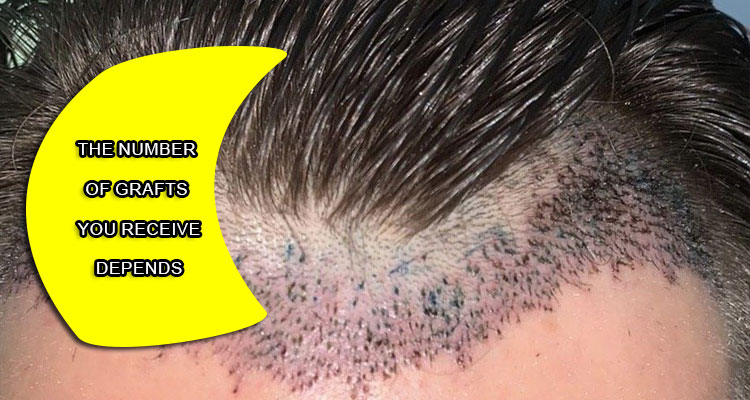
2.FUE hair transplant in Iran method
The FUE process is now performed using micromotors, which reduces the time. This technique may also be done with neck, chest and back hair. Transplanted hairs grow at the site where they were transferred.
First, this method is used to create customized hairline designs. The most important step of this approach is to create special channels in the transplanting area because these channels must be very narrow and at the original angle.
The hair in the donor area is cut short, a local anesthetic is prescribed, and the grafts are removed with a special surgical instrument 1 mm in diameter. These hair grafts enter the channels created in bald or thinning hairy areas.
In order for the hair transplant and eyebrow transplan in Iran area to be thick, it is necessary to open the channels thickly and perform a dense transplantation. 3000-4000 grafts may be obtained with this technique, which requires a team and takes much longer than the FUT technique.
In recent years, FUE hair transplants have surpassed the FUT method.
Frontal hairline reconstruction
The frontal Hairline lowering is often the most obvious part of a completed hair transplant. However, hairline needs vary from patient to patient.
Some people want a relatively low and dense hairline. For example, a person in his 30s may have minor hair loss (receding temples) and want to lower their hairline and fill up his temples.
On the other hand, one should be aware of the possibility of increasing hair loss, for example in his 40s, to the extent that he may need more hair transplantation treatment. As a result, young patients seeking hair transplants should be aware that their hair loss may continue and require further hair transplant procedures.

Hair restoration method
Hair restoration is a one-year process that involves both before and after transplantation. After hair transplantation, redness and crusting, crust shedding and shock shedding may occur. These are completely normal processes. It takes a year for all the transplanted hair to grow and the success of the treatment to be quite noticeable.
1.Redness and crusting:
Hair transplantation is done one by one by transferring the grafts from the source area to the target area. As a result of this operation, redness appears on the skin. Crusting occurs during the healing phase of this location after surgery. The formed crusts can go away in the next fifteen days.
2.Shock shedding process:
Shock shedding happens when the remaining pieces of transplanted hair are shed on the skin and new hair fiber begins to grow. Occurs one to three months after crusts have shed. The transplanted hair follicles are not injured during the shock shedding time.
Recovery after hair transplantation
Completing FUT and FUE may take from a few hours to a few days each. It is dependent partly on the amount of work done by the surgeon.
After surgery, your surgeon will carefully remove all the bandages. This area may be swollen, so the surgeon may inject triamcinolone into the area to reduce swelling.
Transplanted hair will fall out within 2 to 3 weeks after surgery, but you should notice new growth within a few months. Most people will see 60% new hair growth after 6 to 9 months. Some surgeons prescribe the hair –growing drug minoxidil (Rogaine) to improve hair growth after transplantation, but it is not clear how well it works.
You will probably feel pain or soreness at the transplant site as well as in the area where the hair was removed. For the next few days, your surgeon may recommend you take below medications:
- Analgesics, such as ibuprofen (Advil)
- Antibiotics to prevent infection
- Anti-inflammatory drugs, such as oral steroids, to relieve swelling
- Drugs such as finasteride (Propecia) or minoxidil (Rogaine) to contribute stimulate hair growth
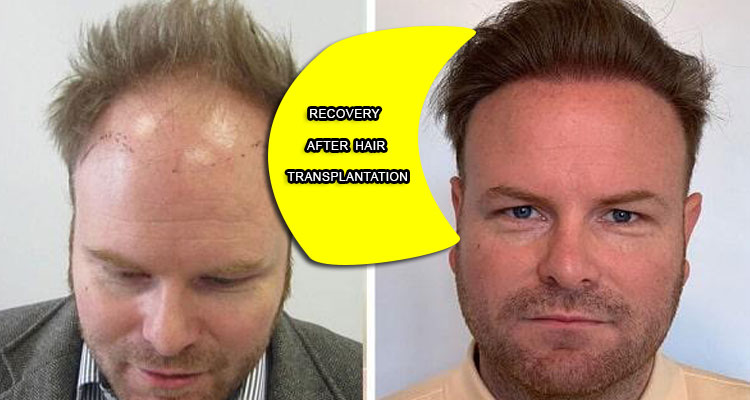
Here are some tips for post-surgery hair transplant in Iran care
Be patient a few days after surgery to wash your hair. For the first few weeks, use only mild shampoos.
- You should be able to return to work or normal activities within 3 days.
- Do not press the brush or comb down on the new grafts for about 3 weeks.
- Do not wear a hats or pullover or jacket until your doctor tells you it is okay.
- Do not exercise for about a week
- Do not worry if some hair falls out. This is part of the process. Transplanted hairs may not grow much for several
- months or may integrate seamlessly with the surrounding hair.
Tips on hair transplantation in Iran after FUE surgery
If you want to have a better FUE hair transplant and beard transplant in Iran effect, you should first consult a professional doctor and have an assessment. Similarly, treatment and post-surgery care are important or important for the better effect of hair transplantation.
Day 1: Avoid touching and washing the surgical site on the first night. If possible, cover your head with a hat when going out. When sleeping, raise your head to prevent any of the grafts from being detached or rubbed off, 3 or 4 pillows are useful to reach the ideal angle.
Day 2 – Day 4: Avoid touching, scratching or rubbing the transplanted area and sun exposure for a long time, as sunburn may affect skin pigments and also damage transplanted hair.
Day 5 – Day 7: During this time, you can shampoo a little longer on the surgical site to soften the scabs. And you can begin all your physical activities and sports.
Week 2 – Week 4: As the hair follicles enter the resting phase during this period, the hair shafts temporarily begin to fall out. Do not panic. Just keep washing and even dyeing your hair as usual.
Month 2 – Month 3: Follow your doctor’s advice and take finasteride, monoxide, or any other treatment to minimize shock loss.
4 Month – Sixth Month: Remember to use a strong SPF 30 sunblock when going out in the sun.
Month 6 – Month 12: As the transplanted hair becomes thicker and longer from the fine baby hair, you can style it as you wish.
Month 12 – Month 18: Congratulations on the last step of your hair and make a difference in your life, enjoy your new hair.
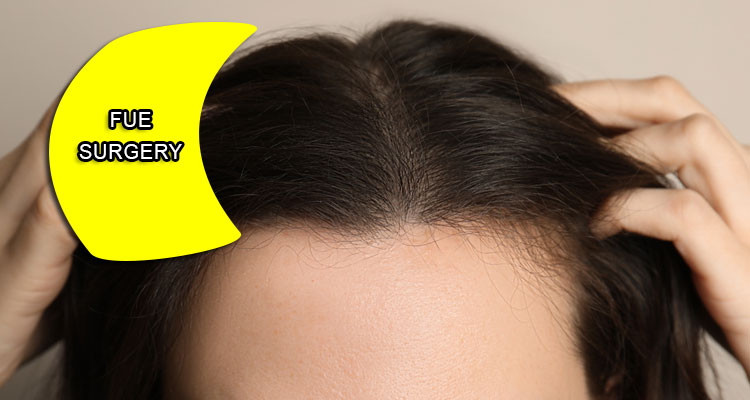
Complications of hair transplantation in Iran
The most common side effect is scarring and there is no way to prevent it.
Other potential side effects include:
- Infections
- Crusts or pus drainage around surgical sites
- Pain, itching and swelling of the scalp
- Inflammation of hair follicles
- Bleeding
- Loss of sensation around surgical sites
- Apparent areas of hair that do not match the surrounding hair or are visibly thinner
If your hair is still bald, continue to lose hair
Minoxidil and Propecia can also have complications, such as:
- Irritated scalp
- Vertigo
- Chest pain
- Irregular heartbeat
- Swelling of the hands, feet or chest
- Sexual dysfunction
Does hair transplant help to recover hair loss?
Hair loss can affect the scalp or your entire body and can be temporary or permanent. It may be due to genetics, hormonal changes, medical disorders, or it may be a common aspect of aging. Anyone can lose their hair, but men are more likely to do so
Hair transplants are done to add extra hair to a thinning or balding area of the head. This is done by transplanting hair from thicker areas of the scalp or other areas of the body to thinning or balding area on the scalp.
Hair loss is normal after hair transplantation. After hair transplantation, temporary hair loss is common. This is a short-term adverse effect of hair restoration methods.
Transplanted hair usually falls out from shock two to eight weeks after surgery. By the third month after transplantation, the hair usually looks thinner.
Once the initial shock is gone, the transplanted follicles continue to create hair on a regular basis. As your transplanted hair grows, your hair will look thicker and healthier. Therefore, hair transplantation is one of the great treatments for all types of hair loss conditions.
